The corrosive sulfur removal problem with transformer oil is widely known. Corrosive sulfur is the cause of contact disruption, forms deposits on copper and silver surfaces and interferes with the operation of winding winding and oil-filled switches.
How corrosive sulfur appears in transformer oil
The most natural origin of sulfur and sulfur compounds in transformer oil is crude oil. The crude oil used for transformer oil production may contain from a fraction to 14-15% of sulfur. Modern sulfur processing methods reduce its content to less than 0.2%. But even a small amount of sulfur and its non-corrosive nature cannot guarantee adequate protection, since non-corrosive compounds will become corrosive during transformer operation.
Sulfur also enters the oil during operation due to contact with transformer construction materials, such as rubber seals. That is one of the reasons transformer manufacturers are searching for alternative materials to keep electrical insulation liquid clean.
The determination of transformer oil corrosiveness
The commonly accepted oil corrosiveness standard is ASTM 1275A/B. In the analysis, a copper strip is submerged into the oil for 24 hours at 150 °С. Then the metal strip is compared to a range of samples. The color of each sample corresponds to a certain degree of corrosiveness. There are twelve stages in total (see figure below). The correspondence between the copper strip to a color of the control sample range allows to draw conclusions on the degree of oil corrosiveness.
Classification of corrosive sulfur content in transformer oil
Passivation of metals and oil change
Metal passivation is a method used to prevent corrosive processes in transformers. In the method, metal surfaces are coated with special substances, which forms an oxide film. The film makes the surface of the metal inert and prevents corrosion. This method is practical, but there are limitations, due to the different properties of each passivation agent with different metals.
Passivation is a preventive measure. If transformer oil aged during operation, a complete oil change is an option. However, this approach doesn’t bring the desired results, since up to 10-15% of old oil remains in the transformer, and contaminants from the old oil freely enter the new oil. These impurities include corrosive sulfur. Therefore, it is necessary to wash the transformer with a special liquid before oil change.
Primary approaches to corrosive sulfur removal
Corrosive sulfur removal (desulfurization) is a complicated task; most of the information on the topic suggests that the problem currently remains unsolved, while the available solutions, such as alkaline and acidic treatment, absorption and ion exchange do not reduce the sulfur content to the required values.
The traditional method of regeneration with Fuller’s earth is very efficient in the reduction of oil acidity, but does little for corrosive sulfur removal. This is due to the fact that this adsorbent removes a narrow range of sulfur compounds.
GlobeCore has found a solution to oil corrosiveness problem. The desulfurization process is similar to the oil regeneration process and is performed with a composite mixture of adsorbents, where each media is efficient for a certain range of sulfuric impurities.
Efficiency of the process
The GlobeCore corrosive sulfur removal process effectively removes sulfur from levels 4c and 4b to 3a or better. At the same time, the GlobeCore desulfurization machine still retains the sorbent reactivation capability. By combining the traditional regeneration and corrosive sulfur removal, GlobeCore has found an alternative to the costly and complicated transformer oil change.
The process of corrosion sulfur removal is performed on energized transformers without the need to take the transformer offline for any long duration of time.

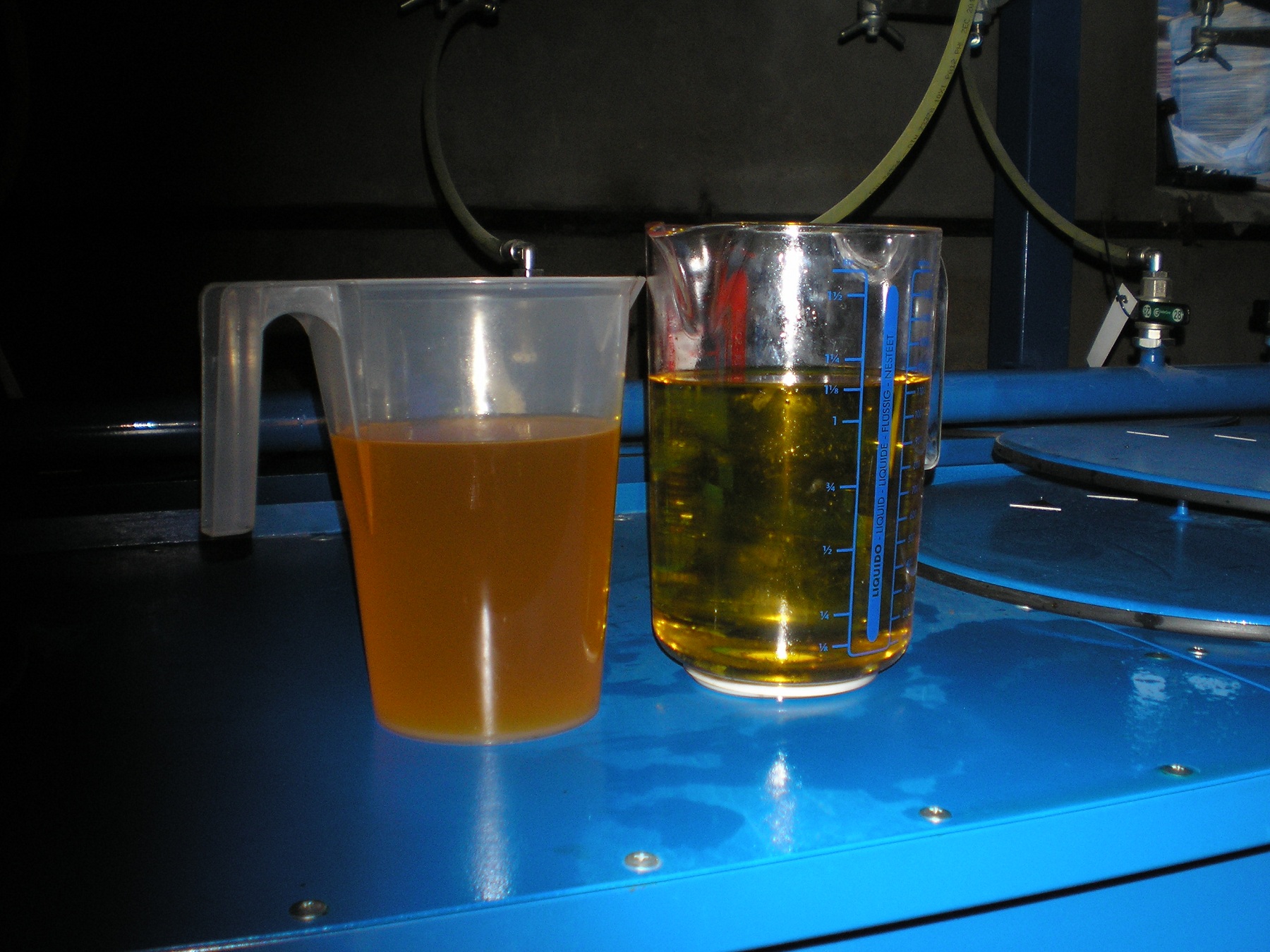
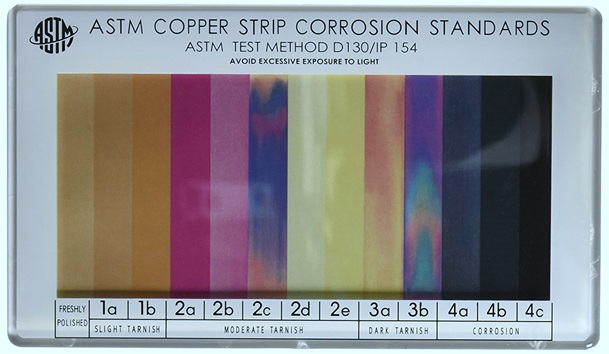
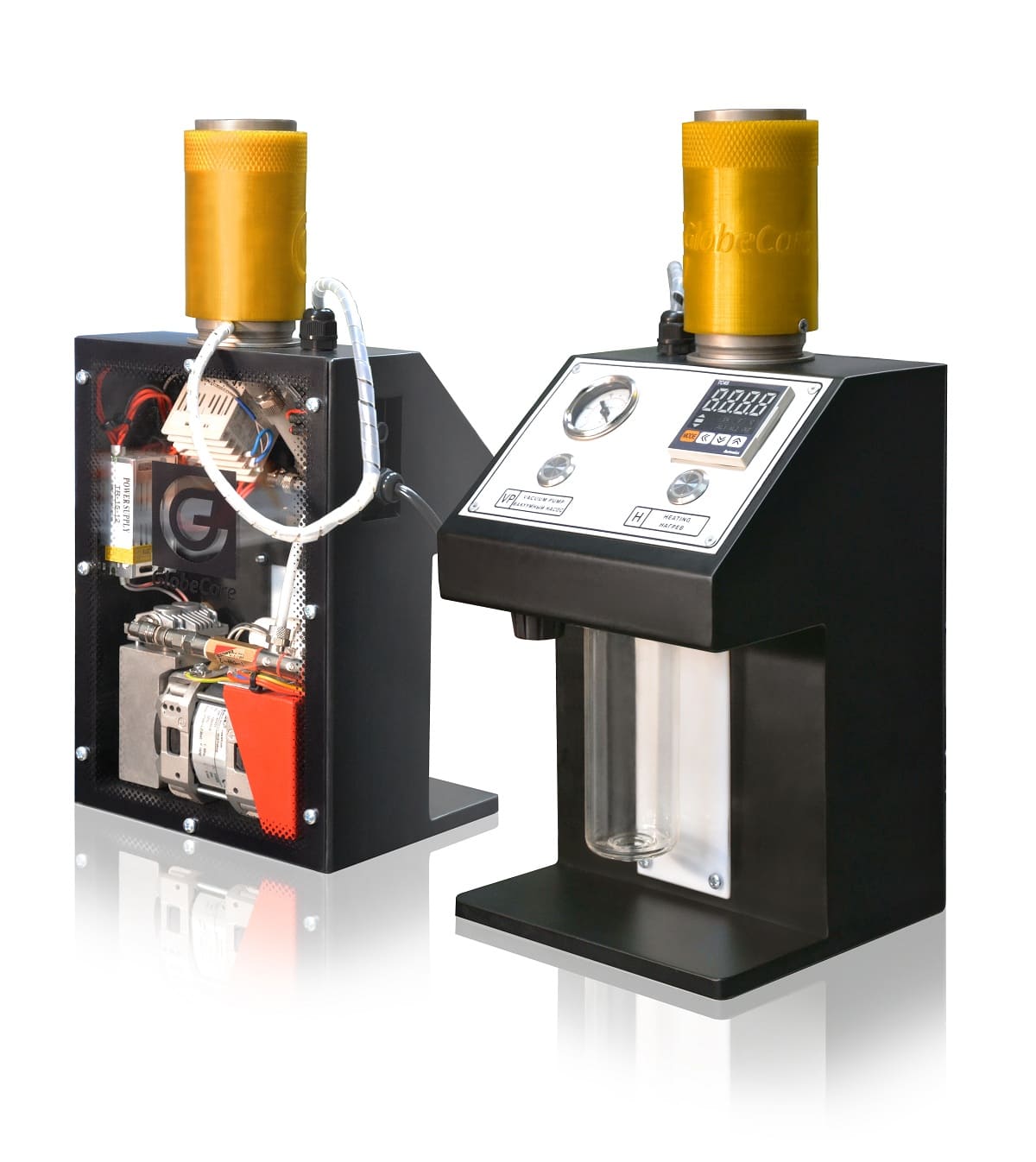 СММ-0,001U Laboratory Oil ...
СММ-0,001U Laboratory Oil ...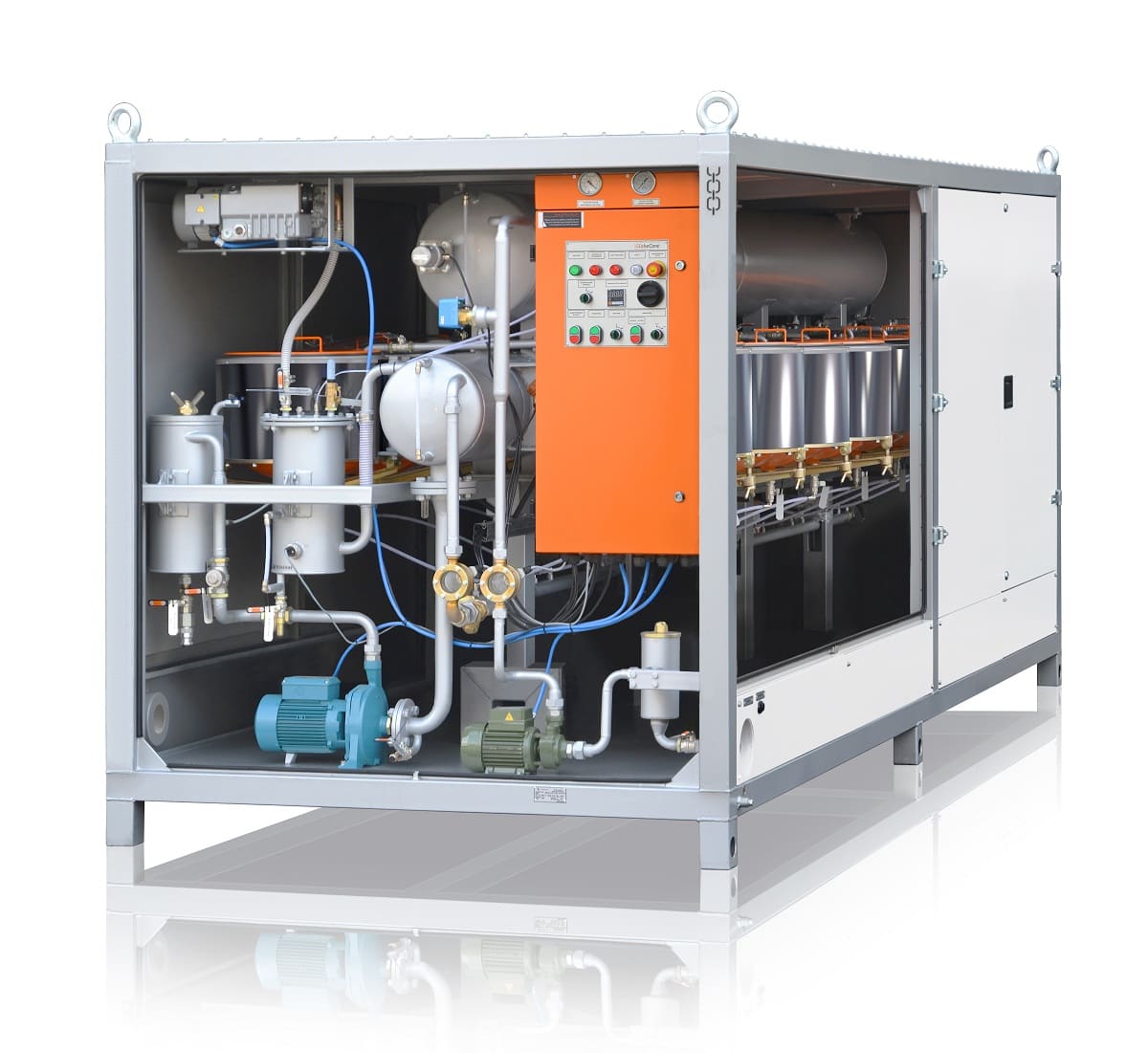 Private: CMM-450/16U Transformer ...
Private: CMM-450/16U Transformer ...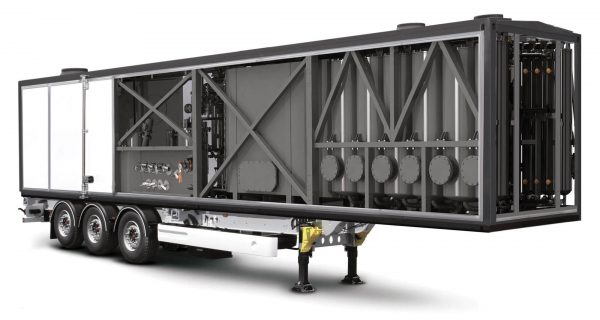 CMM-12R Oil Regeneration ...
CMM-12R Oil Regeneration ...